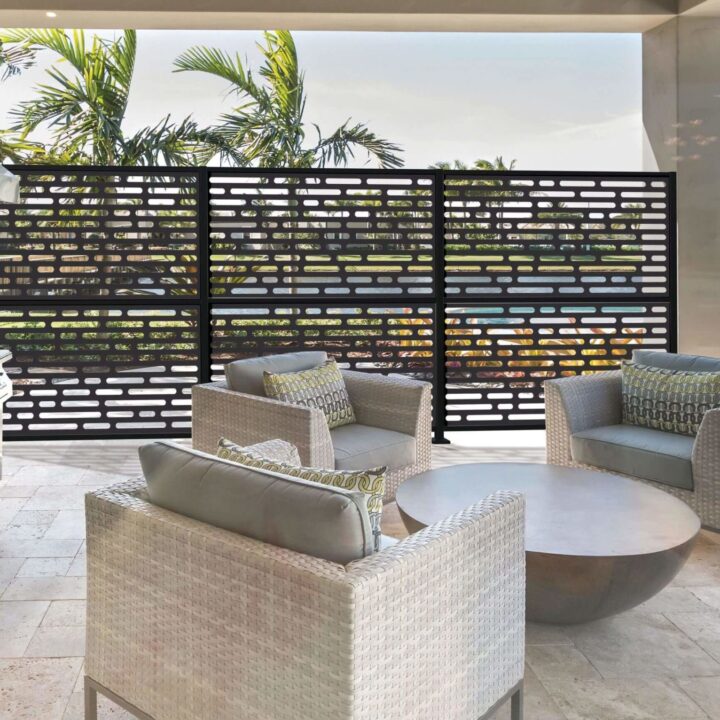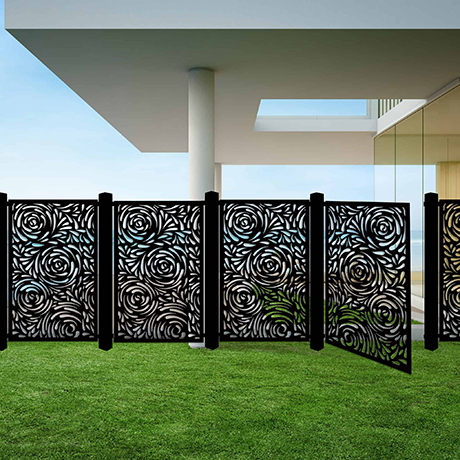Metal landscape edging has many benefits that make it a popular choice over other forms of edging.
This material also has somedrawbacks that may make it less suitable for some applications. This article
delves into these pros and cons to help you decide if metal landscape edging is right for you.
Advantages:
Intensity
Metals are known for their excellent strength. This is especially true for steel - it can withstand the violent
movement of the ground and is less likely to deform on impact. Steel edging is great for retaining walls,
and equally great for subtle driveway boundaries because of its strength. Aluminum is known for its softness.
However, in many cases, it will still retain its shape for a long time.
Resistance of water
Unlike wood and some forms of brick, metal does not absorb water. It will not rot or flake and will retain its shape.
Yes, most metals corrode in water.But in general, the metal used at the edge of the landscape does not wear down,
but simply forms patina. This weather-resistant quality makes this metal a popular choice.
Enduring
Although this depends on the quality of the metal, both steel and aluminum edges typically last for more than 20 years.
This is much longer than the wooden edging that typically lasts five to 10 years. If well maintained, metal edges can
last for decades. Many warranties cover 10 to 15 years of metal edge.
Easy to install
While some forms of metal edges can be quite complex and therefore cumbersome to install, most forms of metal
edges are easy to place on the ground. As mentioned earlier, some have spikes or stakes to help hold them in place.
You'll find many videos online that show you how to install them.
Cons:
Corrosion
Most metals corrode over time. If you are willing to do a good job of maintenance, applying a surface paint and reapplying
the surface paint regularly may prevent this from happening. Steel edges usually start to rust after 6 months. Fortunately,
most types of steel are used for edging, such as weathering steel that rusts but does not wear. Instead, they form a red hard patina.
Some people don't like this rusty look, but for others, it's actually one of the main visual appeals of weathering steel,
helping to give it a naturally aged and earthy look. At the same time, aluminum will not rust, but will still form a cloudy gray coating.
It's hard to disguise yourself
While it is possible to DIY wooden edges yourself with some scrap wood and a saw, DIY metalworking is much more difficult.
You usually have no choice but to buy ready-made metal edges.
Fewer decorations
While you can buy decorative cast iron fittings, most metal edging is not designed to make a statement. For this purpose,
things like wood and stone edges may be better.




